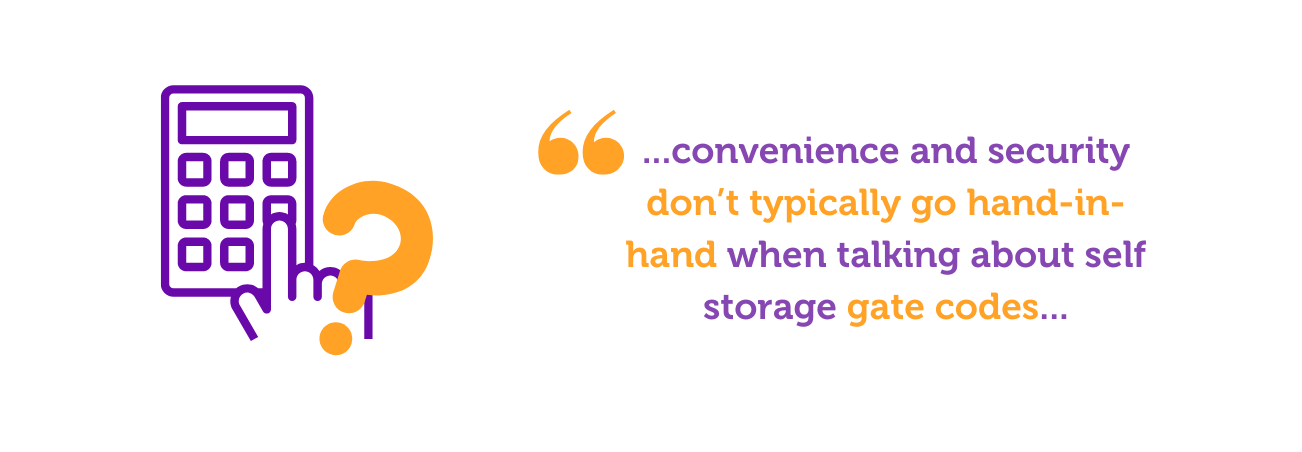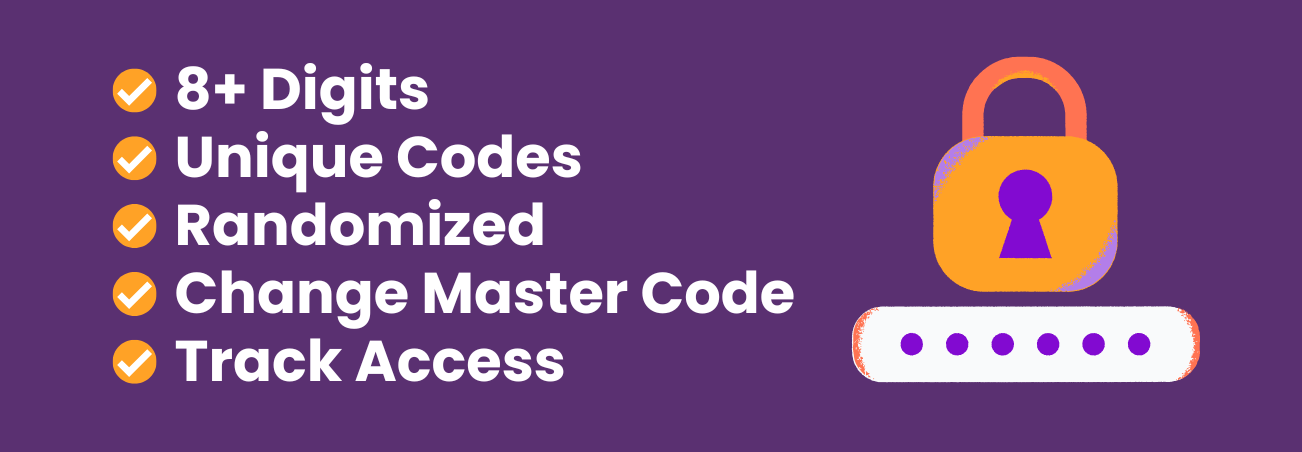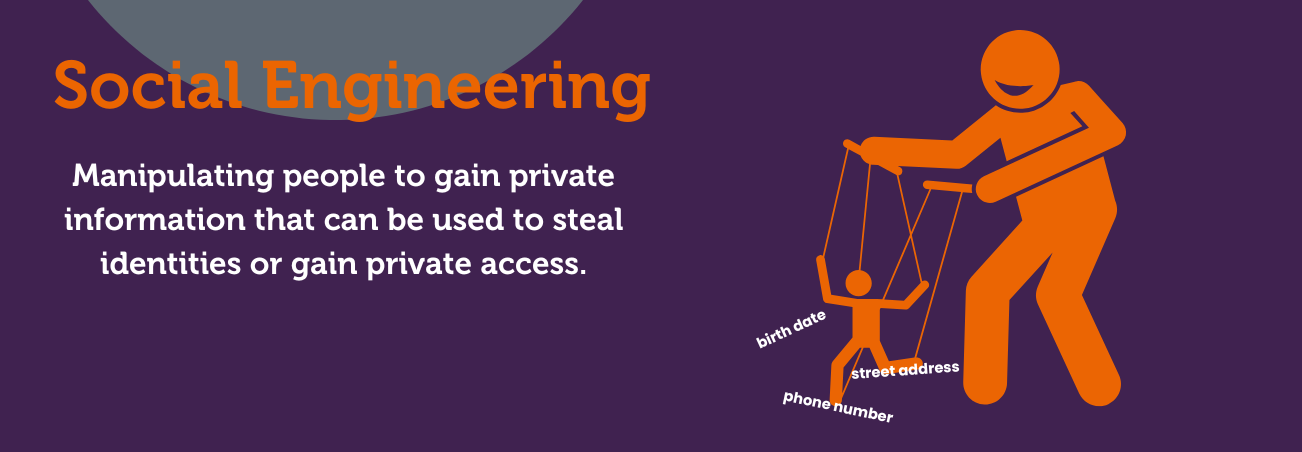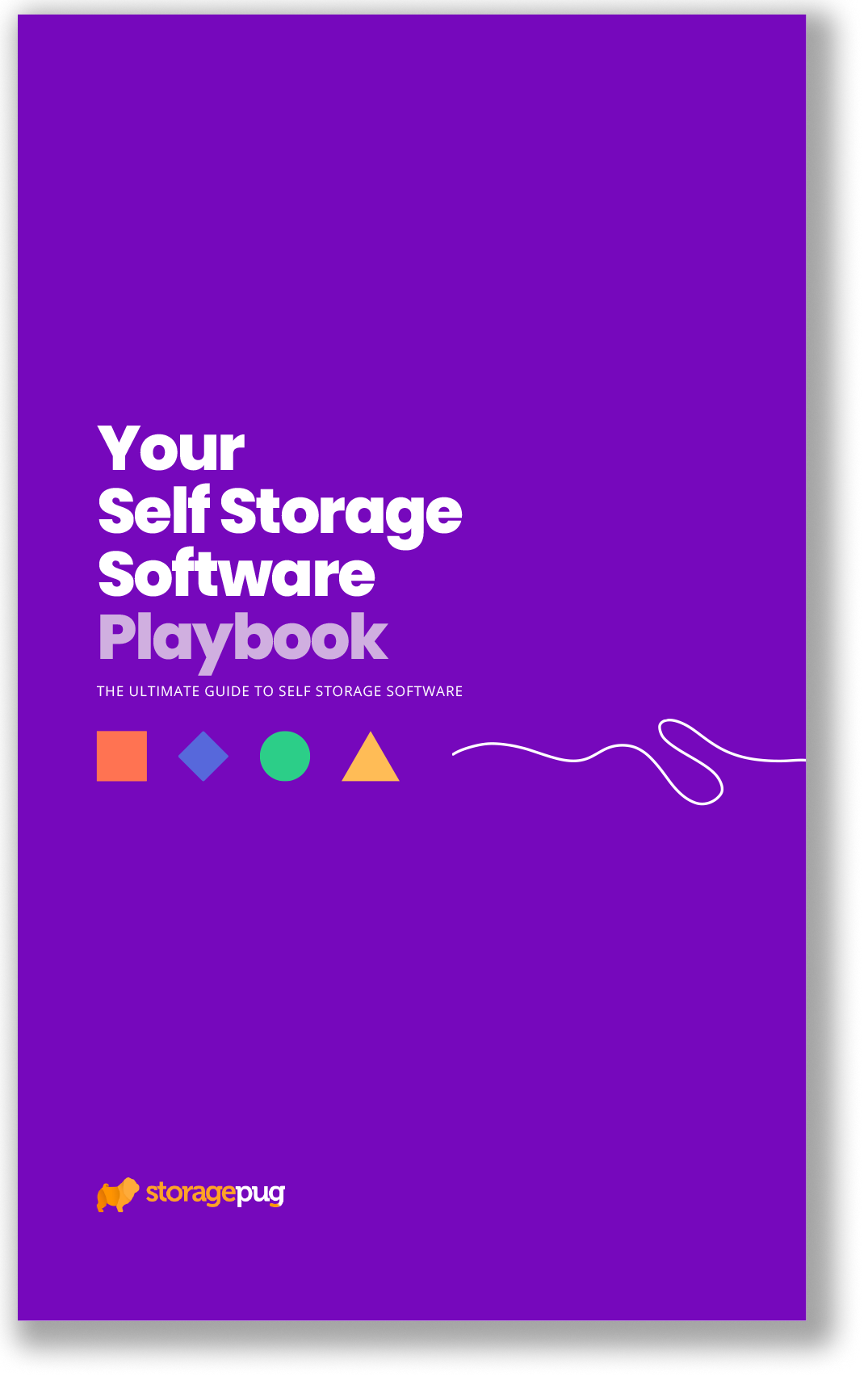Menu
November 9, 2022


Gate codes. Everyone seems to have different advice or preferences for how to set them up, but what is really the best way to go about it?
If you’ve got a security gate, there is a high chance that you have to do with gate codes. While not all modern gates make use of a keypad entry with coded access, it’s still a very common method of access control.
Let’s establish some best practices around gate codes and discuss their value to a self storage facility.
If you have a keypad at your gate, then gate codes are a part of your self storage facility’s access control system.
That means they’re part of your facility’s security and likely are tied in with your security software that—hopefully—integrates with your property management software.
We know, we know—you know what gate codes are. These days, it’s almost impossible to go through life without having to enter a gate code at some point. Maybe you’re visiting a friend in a gated community, or perhaps you’re staying in an AirBnB. Or, maybe, you use them to get in and out of your self storage facility.
No matter how you encounter them, gate codes, like many passwords, are an exceptionally common part of life.
But should they be?
We can’t talk about the best practices around self storage gate codes—a critical part of security when they’re involved—without talking about whether or not they are actually secure.
There are some issues with gate codes despite their status as a commonplace part of life:
They can be hard to remember
Two main factors contribute to this: We all have tons of passwords and codes to remember, and many self storage tenants can go long periods of time—even months—between visits to their storage unit. In fact, roughly 47% of tenants visit their units once a month or less. That makes it easy to forget a code.
Codes can be cracked
Numeric codes are significantly easier to crack than alpha-numeric. There’s a reason that security experts recommend user passwords include numbers, letters in multiple cases, and special characters. The problem with that is the majority of gate access keypads are only number pads. Combine this with the fact that a facility could have hundreds of storage units, and that makes it much easier to crack.
That’s not even considering whether or not you use numbers that are somehow related to your tenant, such as a phone number.
Tenants can share their gate codes
All it takes is one tenant sharing their code with the wrong person, and suddenly the entire city could have access to your storage facility.
That’s a dramatic take and pretty unrealistic, but it’s true that codes can be shared, and it’s ultimately impossible for you to track how many people know a given access code.
You probably didn’t even need to be told what those issues were, did you?
Looking at that list, these are probably either complaints you’ve heard or concerns you’ve had or seen other operators discuss. And it’s for a good reason.
Now, this doesn’t mean gate codes are completely obsolete. It does mean that you may want to at least consider alternative options, though.
If you’ve been in the self storage industry for any amount of time, you’ve probably heard some of the ways that operators like to come up with their gate codes. And if you’re new to the industry, well, you’ll probably hear about it soon.
Everyone seems to have a methodology that their either swear by or that they accept as “secure enough” while being convenient for their tenants or managers.

The problem is that convenience and security don’t typically go hand-in-hand when talking about self storage gate codes and passwords.
Here are some common ways self storage operators assign gate codes:
Do those sound familiar? Do you maybe even do some of them yourself?
We won’t judge. Just know that these are not very secure methods of assigning gate codes.
Using a tenant’s phone number or date of birth means that anyone who gets ahold of that information—which isn’t very hard to do—now knows that person’s gate code.
If you assign a gate code by some combination of where the unit is located inside your facility or even a combination of phone number or D.O.B. and the unit number, that is also incredibly easy to crack.
We really shouldn't even need to go into why a single facility-wide gate code isn’t secure.
Now, let’s talk about best practices.

There are some things you can do to make your self storage gate codes as secure as possible. It won’t solve the problem of your tenants forgetting them, but that is part of the price we pay by having a good, secure access code.
A gate code with a minimum of eight digits allows for the number to be much harder to crack by brute forcing it. Brute forcing a password refers to guessing the number—often many times in succession—in order to get through the gate, login screen, or wherever else a code or password is being used.
Security experts recommend a minimum of eight characters for a password length. It’s worth noting that this is the minimum recommendation for alpha-numeric passwords. However, getting too much longer than eight digits will start to become a burden for your tenants, as well.
Having the same access code for multiple tenants or using tenant information to generate gate codes are both very insecure methods of gate code generation. In one scenario, you now can’t track which tenant accessed the gate. In the other, all it takes is a little bit of social engineering for someone to break in.
It’s much better to randomize gate codes for each tenant. It’s even likely that your access control software or PMS can already do this for you.

Change your default master codes as soon as possible. Some access control systems come with a default code that allows you to access the gate at any time as the owner. This is helpful, but keeping it as the default code creates security issues.
Track gate access in your access control software. If your access control system can’t tell you when each individual gate code accessed the gate, you may want to look into options with this capability instead.
Keypad access is still an acceptable way to secure a self storage facility so long as you follow these best practices listed above.
However, what if we told you there was a way to meet both your convenience and security goals?
A proper gate code is going to be a little difficult for some tenants to remember. It’s inevitable that you’re going to have to help tenants access the facility at some point when they forget their code, and then you or your manager need to go through the process of verifying their identity as well.
As an alternative to keypad access, one solution to this problem is to use mobile devices or RFID chips to gate access to your facility. With the right access control software, you could even use the same method to secure individual self storage units and create a fairly seamless and extremely secure (and convenient) storage experience.
There are multiple gate access control vendors on the market that allow you to use a mobile app or a keychain fob with a chip inside of it to open a gate. Your tenants won’t have any need to remember a gate code—they just need to have their phone or fob on them when they come back for a visit!
Some access control software even allows your tenants to then create temporary access methods for visitors.
If using keypad entry with the best practices listed above seems to be a bit complicated or inconvenient, one of these other access methods may be the best fit for your self storage business.
See some of our other favorite posts about self storage operations and websites!
At StoragePug, we build self storage websites that make it easy for new customers to find you and easy for them to rent from you.
